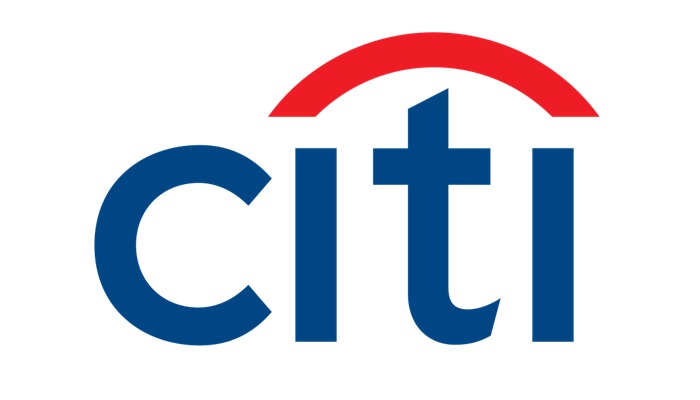In an ever-changing interest rate environment, homeowners in Singapore may consider refinancing their home loans to reduce their monthly mortgage monthly repayments. What exactly does refinancing your home loan entail? In simple terms, mortgage refinancing involves replacing your existing home loan with a different loan from another bank. Keep reading to find out how to refinance your home loan in Singapore.
How Does Refinancing a Mortgage Work?
When you apply for mortgage refinancing with a new bank, the bank will review information like your income, credit score and assets to determine if you fulfil the refinancing requirements. If you’re deemed eligible for mortgage refinancing, your application will be approved, and the new bank will proceed to pay off the existing loan with your previous lender. You will now service your mortgage with the new lender under the terms of the new loan agreement.
When should you refinance your home loan
You may consider refinancing your home loan if you are paying a higher interest rate on your existing loan than the prevailing interest rate. By switching to a loan with a lower interest rate, you can potentially lower your monthly mortgage monthly repayments. If you wish to change your loan tenure or release equity from your home, mortgage refinancing may be an option worth exploring.
That said, bear in mind that there are crucial considerations before deciding to refinance your home loan:
Lock-in period: Home loans typically come with a lock-in period, during which the borrower is contractually obliged to commit to the loan agreement in exchange for a specific interest rate or promotional term. If you wish to refinance or pay off your loan in full during the lock-in period, you may incur hefty penalties. Hence, it is always prudent to check if your existing home loan is still within the lock-in period.
Early redemption fees: You may be liable for early redemption penalties if you pay off your existing home loan earlier than the final repayment date.
Legal and valuation fees: If you wish to refinance your mortgage loan, you may be required to reimburse your lender for subsidies and rebates offered at the start of your existing home loan, such as legal and valuation fees.
Total Debt Servicing Ratio (TDSR): The Total Debt Servicing Ratio (TDSR) refers to the percentage of a borrower’s monthly income used to repay monthly debt obligations, including any new loans that are applied for. Under the TDSR regulation, your total monthly debt obligations cannot exceed 55% of your monthly income.
Mortgage Servicing Ratio (MSR): The Mortgage Servicing Ratio (MSR) refers to the percentage of a borrower’s monthly income used to repay all mortgage loans, including any new loans that are applied for. Under the MSR regulation, your monthly mortgage instalments cannot exceed 30% of your monthly income. (This is applicable to the financing of HDB properties.)
Conclusion
Refinancing your home loan can be a plausible solution if you wish to lower your monthly mortgage instalments or change your loan tenure. Before applying for mortgage refinancing, it is prudent to consider crucial factors like the lock-in period of your existing loan, any potential penalties, and your financial situation. If you’d like to explore mortgage refinancing options with Citi, check out Citi’s Mortgage Calculator and get in touch with mortgage advisors from Citi.
Disclaimer
The content reflects the view of the article’s author and does not necessarily reflect the views of Citi or its employees. Please read the products and offers on the Citi Singapore website for accuracy or completeness of the information presented in the article.
